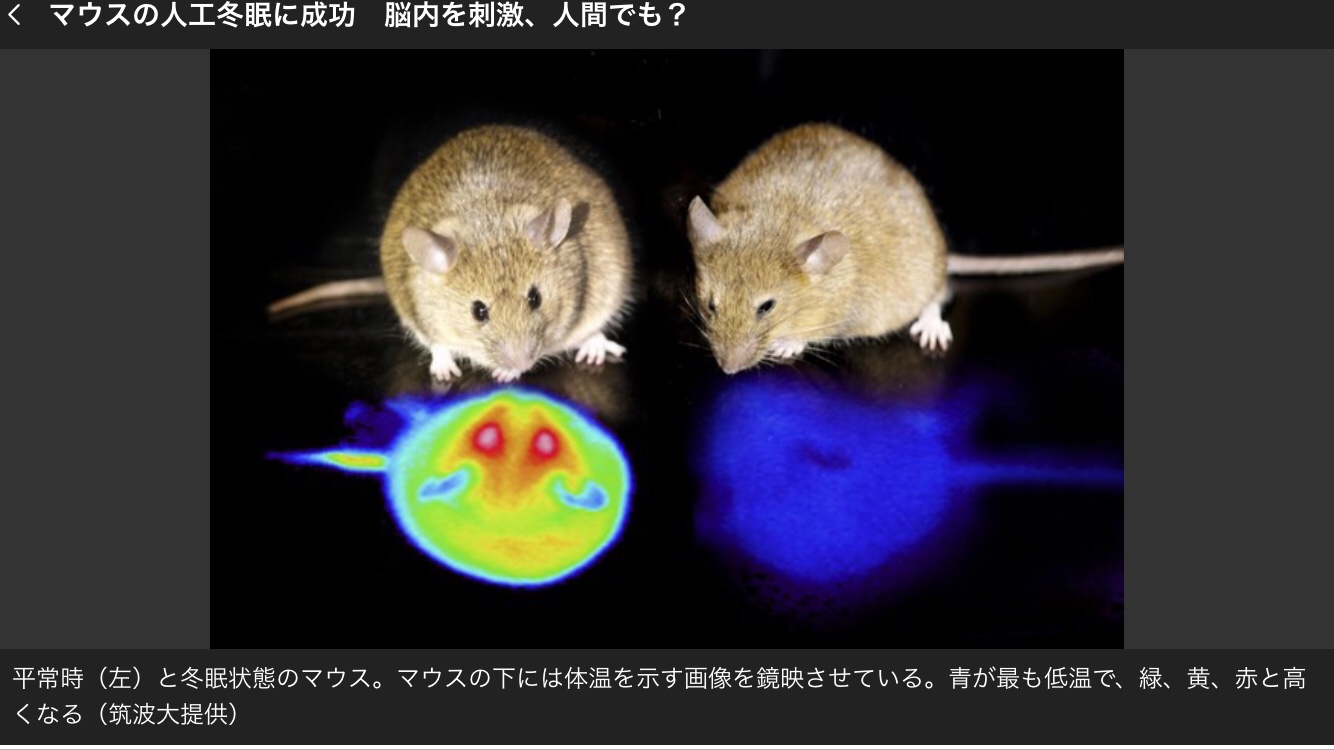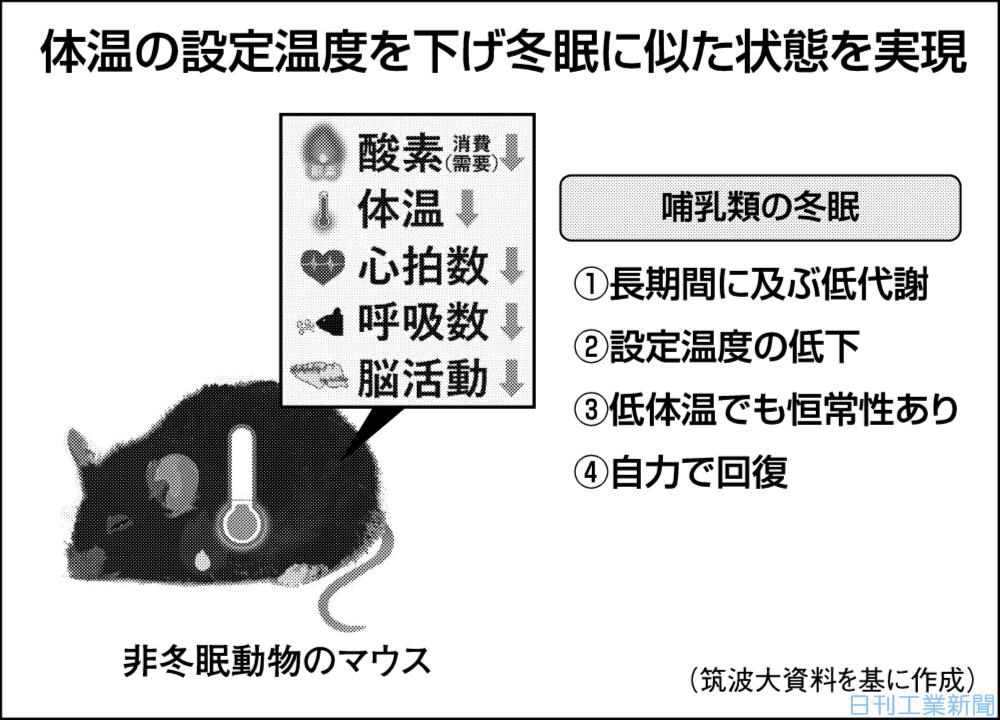

神经科学:识别哺乳动物的“打button按钮”
性质
2020年6月11日
本周在《自然》杂志上发表的两项研究中发现了可以触发啮齿动物冬眠状态的神经元回路。
尽管尚未在人中测试这种效果,但人工诱导的类似休眠状态最终可能对人类具有潜在的医学应用。
冬眠的动物
可以降低他们的体温,以在食物供应有限的时期(例如冬天)减少能量消耗。
以前的研究
已将中枢神经系统牵连到冬眠的调节中,但所涉及的确切机制尚不清楚。
在一项独立研究中,Michael Greenberg及其同事
确定下丘脑内的神经元群体,这些神经元可调节小鼠的por管。
他们证明,即使不存在食物短缺,刺激这些神经元也能将小鼠驱使进入折返状态。
这些神经元的作用可以通过阻止其活动来确认,这可以阻止自然的启动。
这些发现有助于我们理解调节休眠状态的神经元过程。
樱井和同事建议
这些神经元回路即使在非冬眠物种中也可能在广泛的哺乳动物中得到保护,并且认为有可能选择性地操纵Q神经元。
尽管目前尚处于推测状态,但在人体内诱发一种合成冬眠状态可能具有减少疾病后组织损伤或保存器官以供移植的潜力。
Nature | Nature Research
https://www.natureasia.com/en/research/highlight/13350/
A discrete neuronal circuit induces a hibernation-like state in rodents
Published: 11 June 2020
Tohru M. Takahashi, Genshiro A. Sunagawa, […]Takeshi Sakurai
Nature (2020)Cite this article
Abstract
- Hibernating mammals actively lower their body temperature to reduce energy expenditure when facing food scarcity1.
- This ability to induce a hypometabolic state has evoked great interest owing to its potential medical benefits2,3.
Here we show that a hypothalamic neuronal circuit in rodents induces a long-lasting hypothermic and hypometabolic state similar to hibernation.
In this state, although body temperature and levels of oxygen consumption are kept very low, the ability to regulate metabolism still remains functional, as in hibernation4.
There was no obvious damage to tissues and organs or abnormalities in behaviour after recovery from this state.
Our findings could enable the development of a method to induce a hibernation-like state, which would have potential applications in non-hibernating mammalian species including humans.